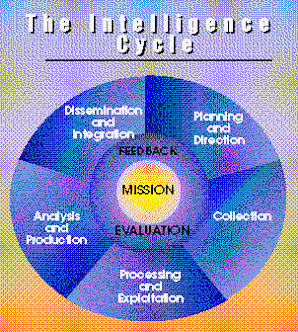Fighting School Violence by Pinpointing Its Victims
Ron Huberman is a fast-talking former beat cop with an M.B.A. and a passion for number crunching. For just under two years, he has run the Chicago public-school system, a job whose duties include trying not only to raise test scores and graduation rates but also to keep students from getting killed. During the past school year, 245 Chicago public-school students were shot, and 27 of them died. Huberman thinks the toll would have been even higher had it not been for a controversial school-safety program he announced last fall and is continuing this year. Instead of focusing solely on the perpetrators of violence, the district is also identifying potential victims — figuring out which students are the most likely to be gunned down and taking steps to keep them safe.
The initiative, one of the first of its kind in the U.S., is the natural extension of a burgeoning field of study called victimization research. Its premise: most crime victims are not chosen at random, and some people are much more likely than others to become targets, on the basis of factors such as where they live, how they spend their time and even which personality traits they possess.
Huberman, 38, approached Chicago's seemingly intractable youth-violence problem by gathering detailed information about the more than 500 public-school students who had been shot in the city over the previous two years. The typical student shooting victim was failing academically, absent 40% of the school year (compared with the average student's 16%) and five times more likely to be off track to graduate than other students. These victims—90% of whom were male—also had a history of school disciplinary problems, racking up eight times as many incidents of serious misconduct, like drug use or gang activity, as classmates who were not shot.
Huberman and his team used the data to create a predictive model that identified a tenth of Chicago's roughly 100,000 public high school students as at increased risk of victimization and about 250 individuals at the very highest risk. "If you're not in that group of about 10,000 kids, your likelihood of being shot is incredibly low," Huberman says. If you're in the ultra-high-risk group of 250, he says, "your chances of being shot in the next two years are 1 in 5." After identifying the ultra-high-risk students, Huberman set about trying to change how they spend their time. "How many alcoholic drinks someone consumes each day, how many nights a week someone spends outside the home—these things are highly predictive of victimization," says Robert Sampson, chair of the sociology department at Harvard University.


0 comments:
Post a Comment